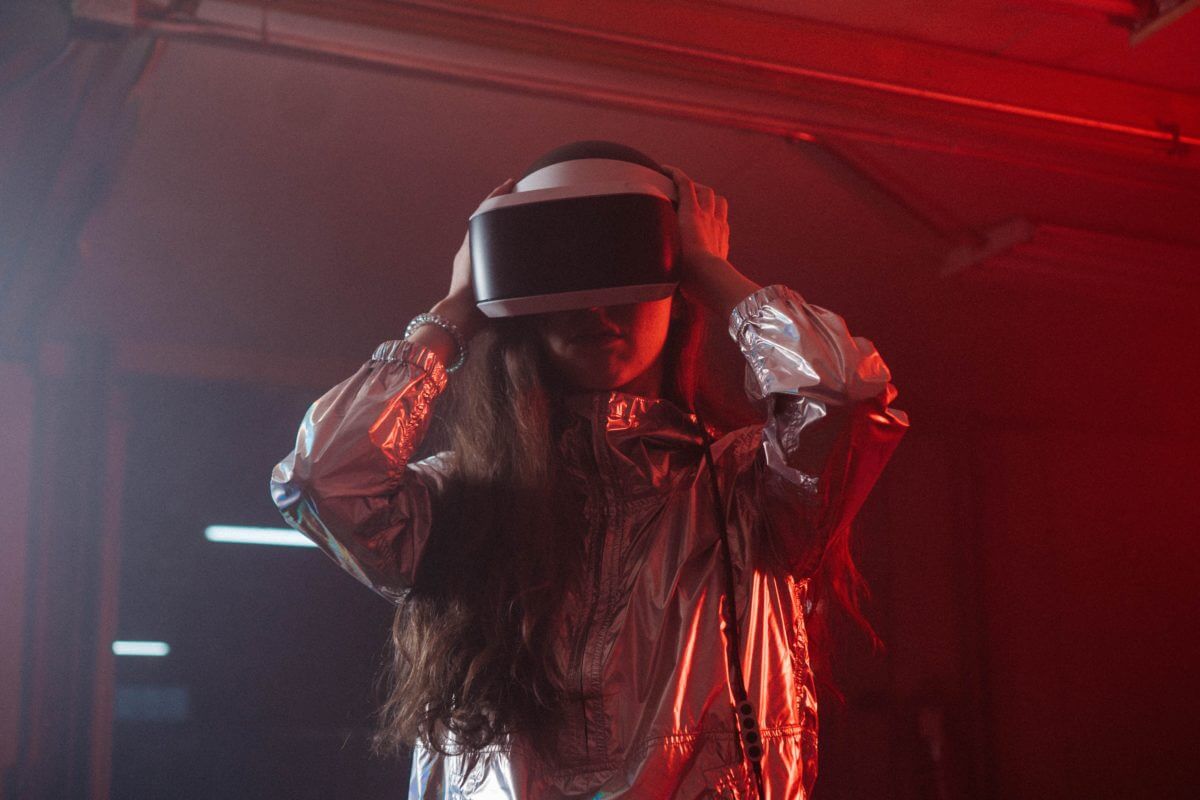
Interconnections between the Metaverse and Cryptocurrencies
The use of blockchain-based cryptocurrencies may make it possible to conduct transactions in the metaverse. What do the terms “Bitcoin,” “Web3,” and “metaverse,” which are all current buzzwords in technology, have in common? The bitcoin and metaverse projects, which will form the foundation of Web3, a decentralized internet governed by users rather than strong enterprises, involve a large number of technology investors and engineers. Even while the metaverse and cryptocurrencies are very distinct from one another, as they advance, they may come to depend on one another more and more.
The function of blockchain and cryptocurrencies in the metaverse
A blockchain is a public digital ledger. People use it to record transactions. Blockchain is the foundational technology that powers cryptocurrencies and the metaverse. Peer-to-peer transactions powered by blockchain technology can do away with middlemen like banks and IT companies. Other benefits include lower costs and quicker transaction times.
Blockchain and the digital currencies based on it have the purpose to ease commerce in the digital age. However, people still use digital versions of conventional fiat currencies for online transactions. Some claim that the immersive services and 3D virtual worlds of the metaverse leverage blockchain technology to enable permission-free interactions between internet users.
Metaverse commercial exchanges
There are currently many widely available interactive video games and other 3D immersive experiences. Some claim that unless these 3D worlds have a fully developed digital economy, they cannot legitimately be considered as a component of the metaverse.
The metaverse currently has loads of companies from the video game industry. Users of these games and services purchase digital goods. For instance, you might spend money on apparel and accessories to enhance your gaming experience or change the way you look. Most ardent video gamers buy such things. The capacity to shop in the metaverse could have effects in the actual world. Before actually buying anything, customers can virtually test on clothing.
Bitcoin and NFTs
Cryptocurrencies built on blockchains may make it possible to conduct business there. People use crypto for peer-to-peer internet transactions that are instantaneous, direct, and cost-free. NFTs’ other usage is to verify ownership of goods in both the virtual and physical worlds. A digital replica of an actual purchase might resemble a pair of Nike sneakers in the Metaverse. NFTs include things like digital art, collectibles, and other things. The capacity of the metaverse to function as a full-fledged digital economy has been questioned in light of the volatility of the cryptocurrency market in the first half of 2022.
The metaverse is expected to have an impact on ordinary activities as well, but society and interpersonal connections will be notably impacted. It promises to be more immersive, interactive, and collaborative than what the internet has accomplished thus far. However, just like in any ecosystem, the effectiveness of the Metaverse will depend on how easy it is for people to conduct business there.
Conclusion
Blockchain technology is enabling a new wave of innovation and bringing attention to the market for digital/virtual real estate. Over the past few years, the concepts “digital real estate” and “Metaverse” have spread throughout the Web3 community. Given the trajectory of digital real estate, it is likely to overtake physical real estate within the next two decades. Physical real estate has developed into the greatest asset class in the world.




